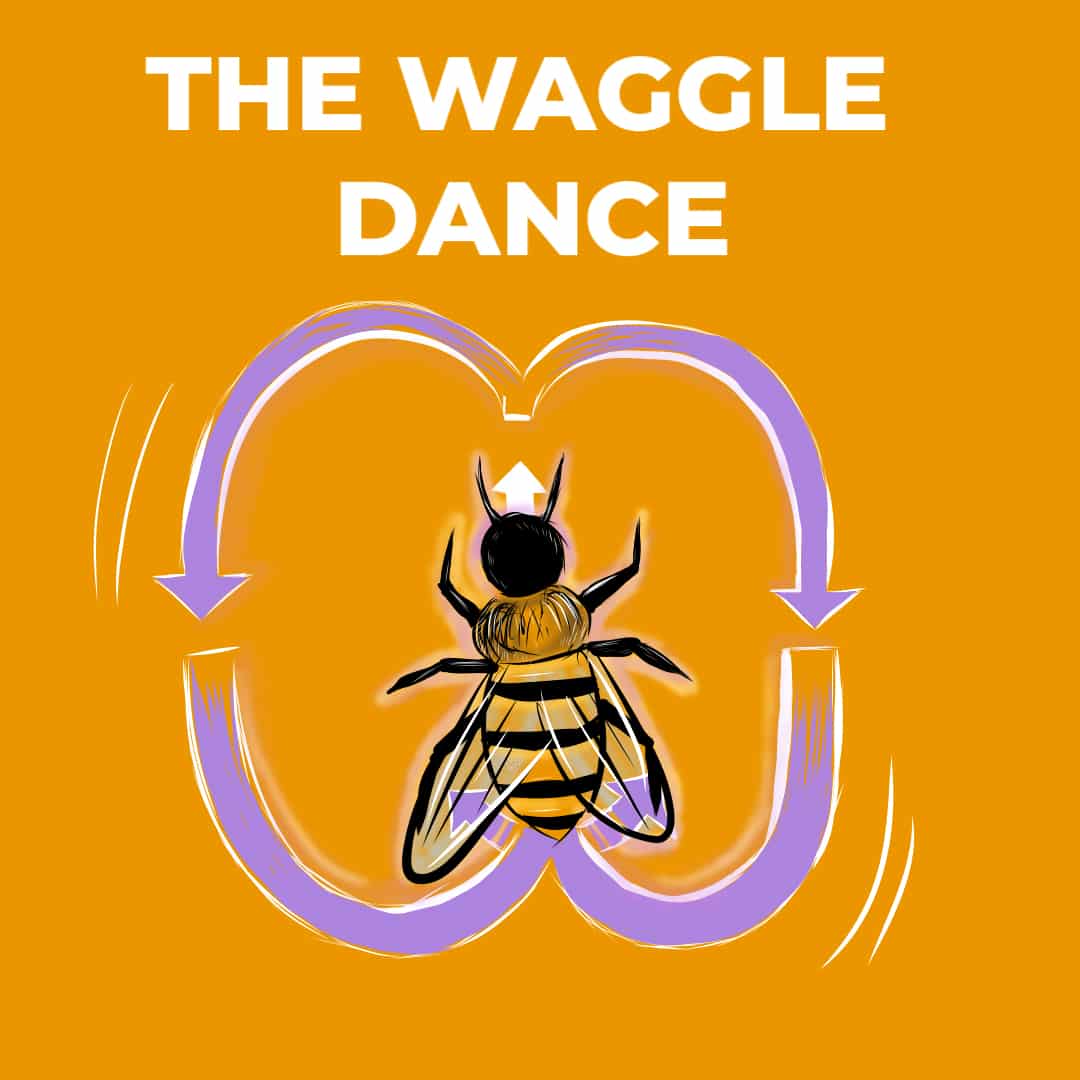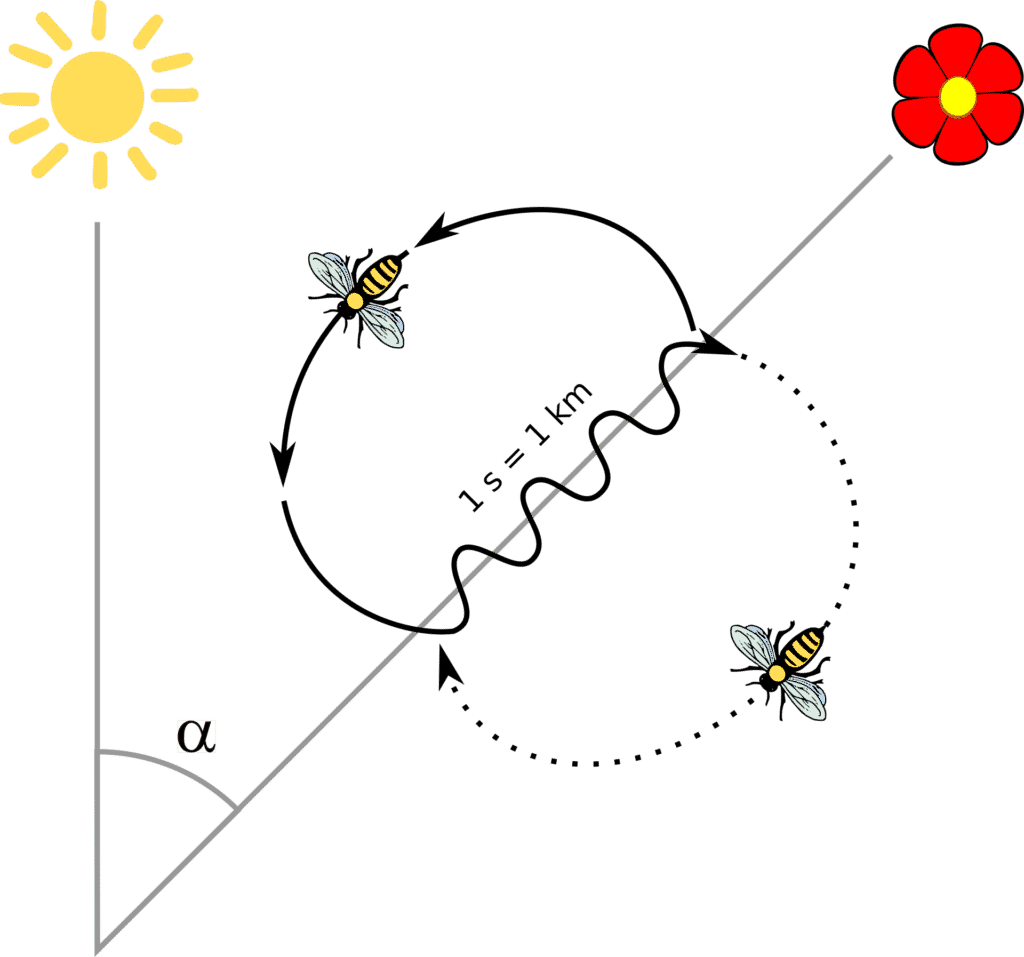Fashion Allocation Optimization | Learning From Bees

In fashion retail, allocating or distributing products to various stores/channels is an important and challenging task. The importance of fashion allocation optimization is crucial in a multi-store and multi-product environment. In addition, demand uncertainties combined with the business constraints of inventory, store parameters, etc. make the problem challenging. Above all, the goal is to ensure high product availability and to minimize overstock and out-of-stock occasions.
Fashion items suffer a strong depreciation over time. The unsold stock sells at steep discounts impacting contribution margins. Therefore, the demand-supply mismatch is very important and a must-solve problem in the last leg of the supply chain.
In this edit we look at how bees are an inspiration for fashion allocation optimization.
If this is a challenge you would like to work on and convert to an opportunity, read on.
The Waggle Dance
Bees need nectar as food supplies. We have a problem on hand with many bees and many flower sources. How do the bees identify an optimal way to solve this problem?
They need to accomplish this by travelling the least distance and get the nectar for the bees in the nest.
A bee colony is a dynamic system that adjusts its behavior collecting information from its environment. Intelligent decision-making comes from an enhanced level of communication amongst the members. They make globally intelligent decisions in the selection of food sources.
The bees adopt a technique called “waggle dance“. Austrian ethologist and Nobel laureate Karl von Frisch was the first one to translate the meaning of waggle dance (source: wiki)
Why Waggle Dance?
The bees need to solve this challenging problem. They essentially need to solve the problems of,
- Find out sources of food
- Assign value to the food sources
- Communicate value of food sources to the community
The value of food source to the bees depend on
- The proximity to the nest
- The richness or concentration of energy in the food source
- The ease of extracting the energy from the source
For example, a richer source that is rich in energy can have the same value as a less rich one but closer to the nest.
The bees accomplish this through a system of splitting themselves into scouts (foragers) and non-scouts. The scout bees travel and identify the food sources. As they travel, they sense the strength of the food source and its distance. The unique way they communicate this information amongst themselves is through a “waggle dance”.
The scout bees share their information through the intensity and number of dances. They dance and travel in the form of figure eight with turns. They also release some chemicals in the air as they execute the dance. The non-scout bees get this signal back to the nest and thus enabling other bees to travel to the relevant food sources.

The dance is the way for bees to attract the community. More the dance, more the signal in that direction for the food.
Inspiration For Allocation Optimization
The store allocation challenge in retail has similar challenges. We need to assess the parameter to optimize like the value of the food source. In many brands, it may be revenue and profitability. The path to profitability can be different. For example in luxury brands, the logistics cost is a fraction of the total cost, this can give more room for logistics to optimize availability.
The bees dynamics provides an interesting heuristic for any hyperlocal optimization problem.
Any model solving the challenge needs to first assess potential sales of products at various distribution points. This is challenging particularly for new products (seasonal). Even the continuing products show differing demand patterns.
Once the potential is assessed, the constraints need to be applied. The constraints can be targets of availability, range presence, physical stocking requirements, etc. The optimization is done for a chosen business metric.
A Unique Approach To Fashion Allocation Optimization
Store allocation decisions are at the style-color-size level. Optimal allocation starts with the dynamic prediction of demand at this level. This is one of the challenging problems in fashion retail.
At Stylumia, we developed a unique True Demand™ algorithm that predicts demand of even seasonal products with 30-50%* higher accuracy than current baselines (* based on our work with clients). This algorithm predicts the demand for products in the context of an assortment. It has the ability to abstract an unseen product using the image pixels and attributes with over 100,000 parameters getting into the model for every single product. The bees inspiration is at the optimization stage post the prediction.
In conclusion,
With dynamic market shifts and demand uncertainties, it is important to have dynamic localization of assortment to stores and channels. This also needs to be executed optimally. Here is our earlier article on localization.
The need to optimize your availability, revenue, profit, and inventory metrics is real and relevant NOW. You need to evaluate the effectiveness of your current process/system with respect to your goals.
If you would like to know more about our solution Store.Y with advanced prediction and optimization capabilities, reach out to us for a free evaluation here.
cover image courtesy: prada.art



